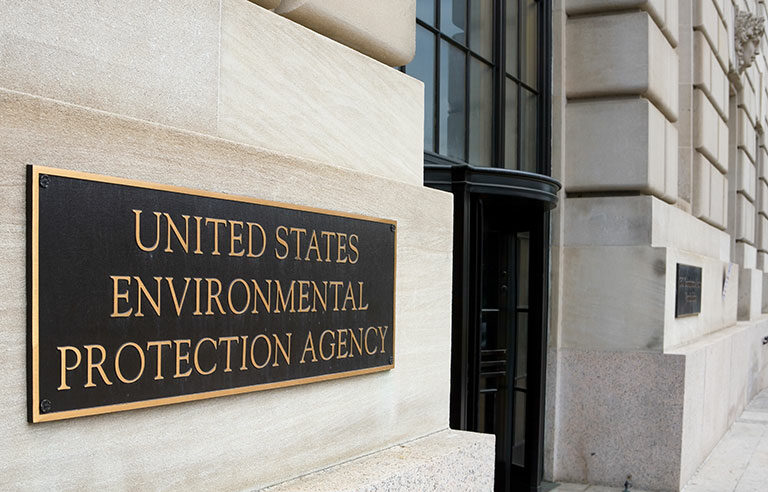
Washington — The Environmental Protection Agency is taking several actions, including a partial ban, to protect workers against exposure to ethylene oxide, under a new interim registration review decision.
Some products containing ethylene oxide – a gas used to sterilize medical devices that’s been linked to cancer and neurological problems – are considered pesticides for their elimination of viruses and bacteria.
Agency actions under the interim decision – which is final – include lowering exposure limits for workers involved in commercial sterilization to 0.5 parts per million by 2028, 0.25 ppm by 2030 and 0.1 ppm by 2035. This compares with OSHA’s 1984 limit of 1 ppm.
EPA further will finalize a ban of EtO use for museum, library and archival materials; cosmetics; and musical instruments.
The agency “anticipates no impacts from the termination” of these uses “because EtO is no longer commonly used in these sites and there are alternatives that are widely available.”
Among other actions:
- Requiring separate heating, ventilation and air conditioning systems in areas where EtO is and isn’t used to reduce exposure in areas such as offices
- Requiring respirators to protect workers involved in certain high EtO exposure tasks, such as connecting and disconnecting EtO containers from sterilization process equipment
- Continuous EtO concentration monitoring throughout sterilization facilities
- Requiring abatement devices for health care facilities that use more than 10 pounds of EtO annually
“EPA continues to make important strides to protect people from dangerous chemicals like ethylene oxide,” Michal Freedhoff, assistant administrator of the EPA Office of Chemical Safety and Pollution Prevention, said in a press release. “These protections will reduce EtO exposures to workers and communities, while also ensuring that the chemical remains available to provide sterile lifesaving medical supplies.”
In April 2023, EPA issued separate proposals – one aimed at workers and the other focused on the general public – to reduce annual EtO emissions at sterilization facilities.
“The timing for implementation for individual mitigation measures ranges from two years to 10 years, taking into consideration the costs, technology availability, potential impacts to the medical device supply chain and other logistical elements,” EPA says.
The agency will also issue a data call-in to “gather information on worker exposure.” EPA plans to use exposure data after reevaluating the interim decision within eight years “in order to identify further opportunities to reduce EtO exposures.”
McCraren Compliance offers many opportunities in safety training to help circumvent accidents. Please take a moment to visit our calendar of classes to see what we can do to help your safety measures from training to consulting.
Original article published by Safety+Health an NSC publication